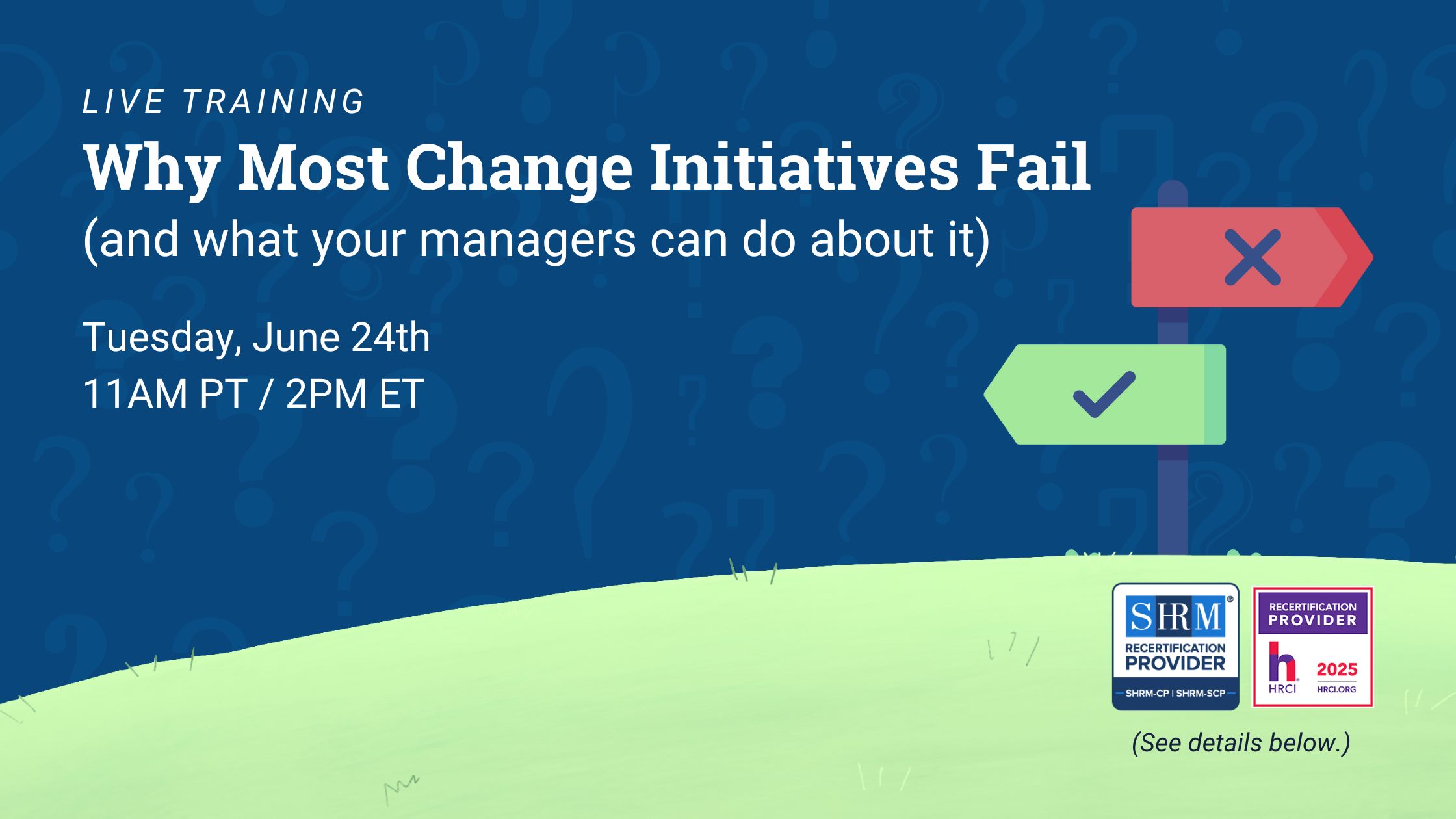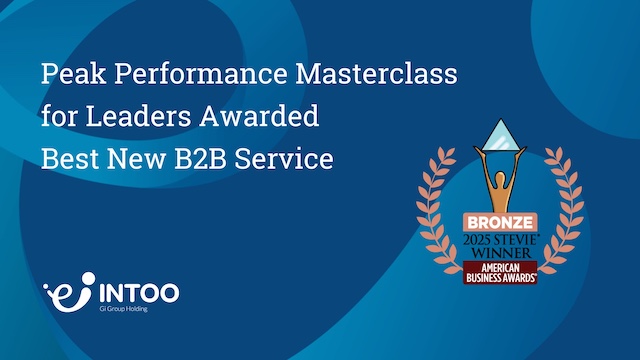When an organization goes through a downsizing, HR professionals need to manage many big and small details, all while treating laid-off employees with dignity and compassion and communicating positively with retained employees. Creating a reduction-in-force (RIF) template well before a layoff event can help make the process go as smoothly as possible. A reduction-in-force template outlines policies and timelines to follow so that should your organization ever need to conduct a layoff, you’re well prepared to manage the event.
Follow these steps to create and use a reduction-in-force template.
7 Steps to Follow When Creating a Reduction-in-Force Template
1. Establish a timeline
Since a number of federal, state, and local laws govern reductions in force, it is important to have a timeline to follow so you don’t run afoul of legal requirements. The Worker Adjustment and Retraining Notification (WARN) Act, for example, requires companies with 100 or more full-time employees to give written notice 60 days before the date of a mass layoff. Some states require an even earlier warning, and some unions also stipulate advance notice. INTOO’s Reduction in Force Checklist, which outlines the 16 steps to successfully managing a layoff, can serve as a helpful guide for developing a timeline to make sure all necessary actions are taken in the appropriate moment.
2. Develop an employee selection strategy
Take the time to decide what criteria you will use to determine who will be laid off during a reduction in force. Of course, each individual reduction in force is different, so you’ll likely need to tweak your criteria for specific circumstances. Still, having a general agreed-upon guideline in place will allow your organization to create a layoff list more quickly. Make sure your employee selection strategy allows you to retain your best talent while applying fair standards across the organization.
3. Draft a reduction-in-force letter
Create a template reduction in force letter—also known as an employee termination letter—that you can adapt for affected employees. In general, these letters state the terms of the termination for both the employee and the employer. The employee generally is asked to sign a release of claims, agreeing not to sue the company, while the employer is expected to provide a severance package. Specifics on what to include in a reduction-in-force letter are detailed in the next section.
4. Develop a severance policy
Many companies provide severance packages to employees affected by a reduction in force. A severance package typically includes severance pay as well as benefits such as extended health coverage and outplacement services, which are career transition services to help exiting employees find new jobs more quickly and easily.
Determine how your organization will calculate severance pay so you can simply apply that policy should you need to conduct a reduction in force.
5. Decide on an employment termination meeting process
Meeting with affected employees to let them know they no longer have a job is a difficult task. It is also a task that requires you to go over a number of different details, from getting forms signed to collecting key cards. Create a checklist of all the materials you’ll need at a termination meeting so that you don’t forget anything and all the steps to take during the meeting.
6. Prepare for Legal and compliance considerations
Before finalizing your reduction-in-force template, it is essential to review the local, state, and federal laws that govern layoffs and terminations. Consulting legal counsel is crucial to ensure compliance with anti-discrimination laws, the Worker Adjustment and Retraining Notification (WARN) Act requirements, and any relevant union agreements or employee contracts. Taking these steps helps protect your organization from potential legal claims and ensures fair treatment for all affected employees.
7. Communicate the reduction in force internally
Effective communication is vital for managing both the emotional and logistical impacts of a reduction in force. Develop a strategy for informing the rest of the organization about the RIF. This should include preparing leadership to address employee concerns, providing transparent information about the reasons behind the decision, and ensuring that remaining employees feel supported. A well-structured communication plan can reduce uncertainty and help maintain morale during a challenging transition.

How to Use a Completed Reduction-in-Force Template
Once you have created a reduction-in-force template, conducting a layoff will be a much more streamlined process. Here are the five steps to take if your organization should ever need to go through a reduction in force.
1. Nail down the timeline
Your reduction-in-force template already details the deadlines you need to meet. Now, you can put actual dates to each item. It may be easiest to first determine an exact date of the layoff, then work backward to figure out when to give out written notice to comply with the WARN Act, and when to take other key actions.
2. Select employees
Using the reduction-in-force template, determine which specific employees will be let go as part of the RIF. Once you’ve developed a list using non-discriminatory criteria, evaluate the resulting list to ensure you’re following U.S. Equal Employment Opportunity Commission (EEOC) rules. EEOC notes you must “determine whether certain groups of employees are affected more than other groups.”
Characteristics protected by federal law are “race, color, religion, sex (including pregnancy, sexual orientation, or gender identity), national origin, disability, age (40 or older) or genetic information (including family medical history),” according to the EEOC. If your resulting list disproportionately affects one or more protected groups, adjust your list considering “alternative layoff criteria, such as employees’ profitability, productivity or expertise,” as the EEOC recommends.
3. Prepare reduction-in-force letters
Use the draft reduction-in-force letter you have to create letters for each affected employee. Add in names, dates, dollar amounts, and other details specific to the employee.
4. Prepare severance packages
Following the severance policy outlined in your reduction-in-force template, determine what each affected employee’s severance package will be and prepare all materials to give to the employee. For example, you may need to cut checks for severance pay and gather information materials about outplacement services.
5. Plan the employee termination meeting
Decide where and when you will hold the employee termination meeting, preferably on a day that will be least disruptive to the business. Train and collaborate with managers who will be part of these meetings to ensure that the event goes smoothly. Go over what you will say during the meeting so you don’t forget any important details.
What to Include in a Reduction-in-Force Letter
A reduction-in-force letter should include the reason why the RIF is taking place, the fact that the addressed employee is being terminated, and details about the severance package and outplacement service.
If the affected employee is over 40 years old, you also need to follow rules specific to the Older Workers Benefit Protection Act (OWBPA), which helps protect these employees from age discrimination. Employees older than 40 must be given at least 21 days to review an offer if they were terminated individually—or 45 days if terminated as part of a larger layoff. They must also be afforded seven additional days after signing to revoke the agreement.
In addition, the release of claims for these older employees should:
- State that the release covers age discrimination and specifically mention the Age Discrimination in Employment Act (ADEA)
- State that the release does not cover issues that arise after the signing of the severance agreement
- Advise employees to seek the advice of an attorney
Conclusion
While RIFs are always challenging, having a process and reduction-in-force template to follow will make it easier for all involved. Making preparations with the necessary legal considerations will protect your organization and the employees, help team members leave with a more positive impression of the company, and preserve your employer brand.
INTOO can be your partner in your RIF process by offering outplacement programs suitable for every impacted employee. With unlimited hours of expert 1:1 career coaching guided by our whole-human methodology, job seekers receive the caring support they need to help them quickly transition to their next meaningful step. Contact us today to learn more.











